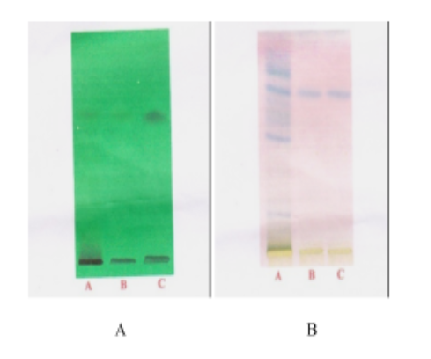


Journal of Pharmaceutical Research
DOI: 10.18579/jopcr/v19.2.lohitha
Year: 2020, Volume: 19, Issue: 2, Pages: 12-16
Original Article
N Lohitha1, R M Rohini1,∗
1Department of Pharmaceutical Chemistry, Krupanidhi College of Pharmacy, Bangalore, Karnataka, India
Coccinia indica is a medicinal plant because of its bioactive compounds. The purpose of this study was to isolate and identify the phytoconstituents of Coccinia indica extract using chromatographic and spectroscopic methods. Powdered C. indica leaves were successively extracted with chloroform, methanol, and ethyl acetate. Purification was carried out by Soxhlet extraction and column chromatography using silica gel as the stationary phase. Compound separation and analysis were performed using thin-layer and high-performance thin-layer chromatography. Infrared spectroscopy, nuclear magnetic resonance spectroscopy, and mass spectrometry were used to determine the structures of the isolated compounds. A light-yellow crystalline substance (470 mg) with a molecular formula of C29H50O and a molecular weight 414.71 g/mol. The melting point was 145°C, and the compound was soluble in both alcohol and chloroform. The Rf value was 0.55. The IR spectrum revealed the presence of functional groups such as hydroxyl (-OH) and aliphatic C-H stretching. ¹H-NMR spectroscopy revealed characteristic peaks that facilitated the structural elucidation. Mass spectrometry yielded a molecular ion peak at m/z 414, confirming the molecular structure. Phytochemical screening revealed the presence of carbohydrates, amino acids, phytosterols, triterpenoids, alkaloids, fats, oils, and flavonoids. This also indicated the absence of tannins, phenols, vitamin C, and saponins. This is the first study to isolate and identify the bioactive phytoconstituents of Coccinia indica. Chromatographic and spectroscopic characterisation elucidated its structure and indicated its value as a pharmacologically active molecule, with implications for the development of future drugs and therapies.
Keywords: Coccinia indica, Phytochemical Characterisation, Chloroform Extract
© 2025 Published by Krupanidhi College of Pharmacy. This is an open-access article under the CC BY-NC-ND license (https://creativecommons.org/licenses/by-nc-nd/4.0/)
Subscribe now for latest articles and news.